A lot has been made lately of Donald Trump and his wish to build walls between the U.S. and Mexico.
This got a new bump recently when the candidate, in New Hampshire, reiterated that he’d build these walls and use them to stop Mexican heroin from coming into the U.S. – New Hampshire being one of many states suffering from huge jumps in opiate addiction.
Opiate addiction appears to be emerging as an issue in the presidential campaign, as well it should.
I’ve read a lot that does seem to be too nuanced on either side of this topic.
Here are a few of my thoughts:
Virtually all our heroin comes from Mexico, or comes from Colombia through Mexico.
Originating now in our hemisphere, heroin now changes hands less and travels far shorter distances than it did when so much of it came from Turkey or Burma (1970s).
All that means that it’s cheaper here than ever, it’s more prevalent, and it’s far more potent. And all that, in turn, has a lot to do with why people begin using it in the first place (cost), and then stay addicted (prevalence), or relapse after rehab, and then why they die more frequently (potency).
Used to be that people (addicts from the 1970s) lived for many years on heroin – when it was more expensive and less potent and more arduous to find. A lot of heroin addicts who started in those years did die, but they died during the AIDS epidemic from sharing needles, not so much from overdoses.
Now heroin addicts aren’t living long; They’re dying young and quickly. I believe that’s because so much of the drug comes from Mexico, making it cheaper, more potent and more prevalent than ever.
* *
We already have walls up in many parts of the border. Heroin already crosses where walls are – Tijuana (two walls) is one example.
When uncut or less cut, heroin is easy to conceal because it’s so concentrated – again because now it comes from Mexico, which is so close.
So you don’t need trucks to get a lot of heroin across – though trucks have been used. A lot of people walk it across at the border crossings hidden in a purse, or a backpack, or on their person.
There’s a market for heroin because there is a demand for it.
* *
That said, I believe that supply is fundamental to this issue – supply created this demand, just as it did during the cocaine days. We didn’t have a huge demand for cocaine before Colombians began smuggling tons of it up through Florida. Likewise, we didn’t have huge numbers of heroin addicts before doctors began prescribing enormous quantities of opioid painkillers such as Vicodin and OxyContin, etc. and a lot of people got addicted, then switched to heroin, which is now, as I said, cheaper than ever.
Heroin traffickers, as I hope I made clear in Dreamland, came late to this party. They followed the demand for opiates that had been created by massive overprescribing by doctors of these painkillers.
* *
Just as we cannot arrest our way out of this problem, we likely cannot treat our way out of it, either. Particularly with treatment costing so much and taking so long. Typical treatment that has any chance of success, from what addiction specialists tell me, is a minimum of nine months. One doc I know insists a year is the minimum.
Curtailing supply is thus essential to giving each attempt at rehab and recovery a greater chance of success. So that every recovering addict isn’t bombarded with dope at every turn, as they are in so many parts of the country today.
* *
That said, among the steps I think we need to take – some of which are articulated by the CDC recently – is retraining doctors to question why they prescribe these drugs and, if they’re necessary, in what quantities. For example, for wisdom tooth extraction, 60 Vicodin is common. That seems crazy to me.
Seems like 6-12 pills would be reasonable, and that the patient should return if he needs more. Doctors prescribe so many of these pills out the gate because they don’t want to see patients a second time, and they know that insurance companies often won’t reimburse for those follow-up visits, no matter how few.
So this problem will require that insurance companies change their practices, and reimburse doctors for follow-up visits for the (again) few patients who might need more of those pills after routine surgery.
* *
Walls have had a healthy effect on the border. Tijuana (two walls, as I said) is an excellent example of that. When it was the main crossing point – 1960s until mid-1990s – rapes, robberies, assaults and murders were common, particularly in the 1980s and early 1990s. Then the first wall went up, then the second. Now it’s calm on that border line. May be a weird symbol for a globalized world, but murders and rapes are rare now.
Despite those walls, heroin will seep in, through the cracks, in ways that seem to me impossible, or extraordinarily expensive, to stop. And that’s not the supply that caused this problem.









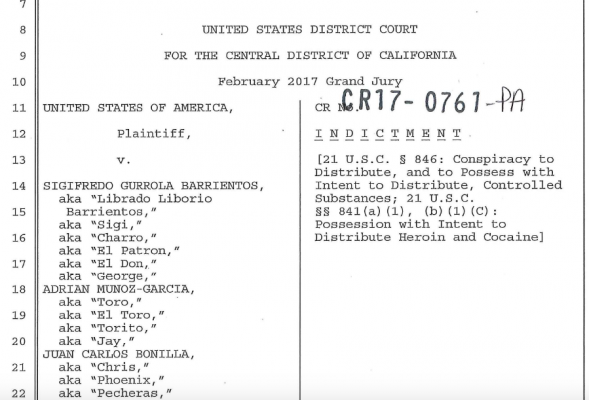



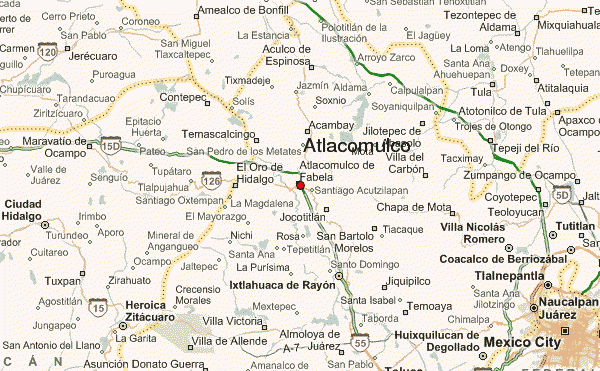



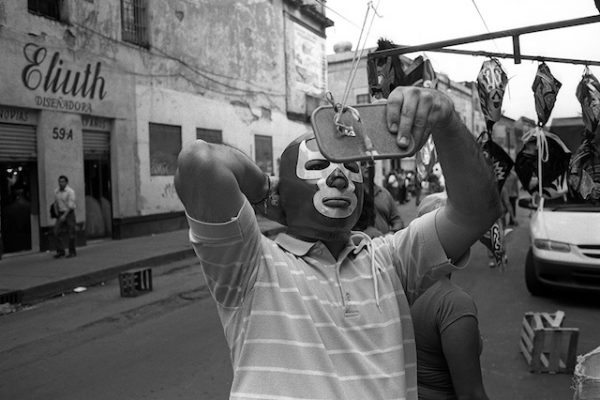

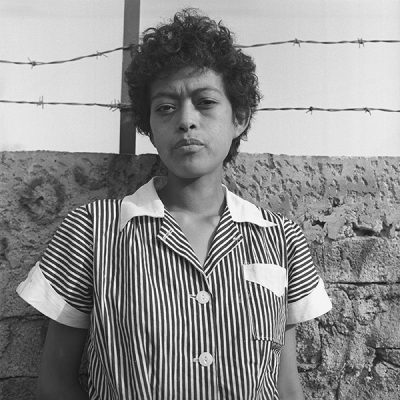


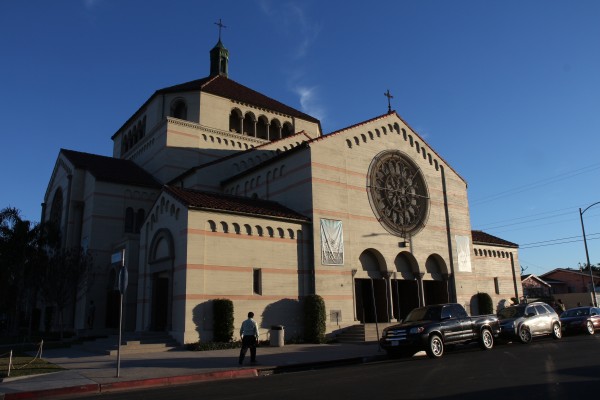 If there are clerics in this world due for a spiritual tongue-lashing, it’s Mexican bishops.
If there are clerics in this world due for a spiritual tongue-lashing, it’s Mexican bishops.

